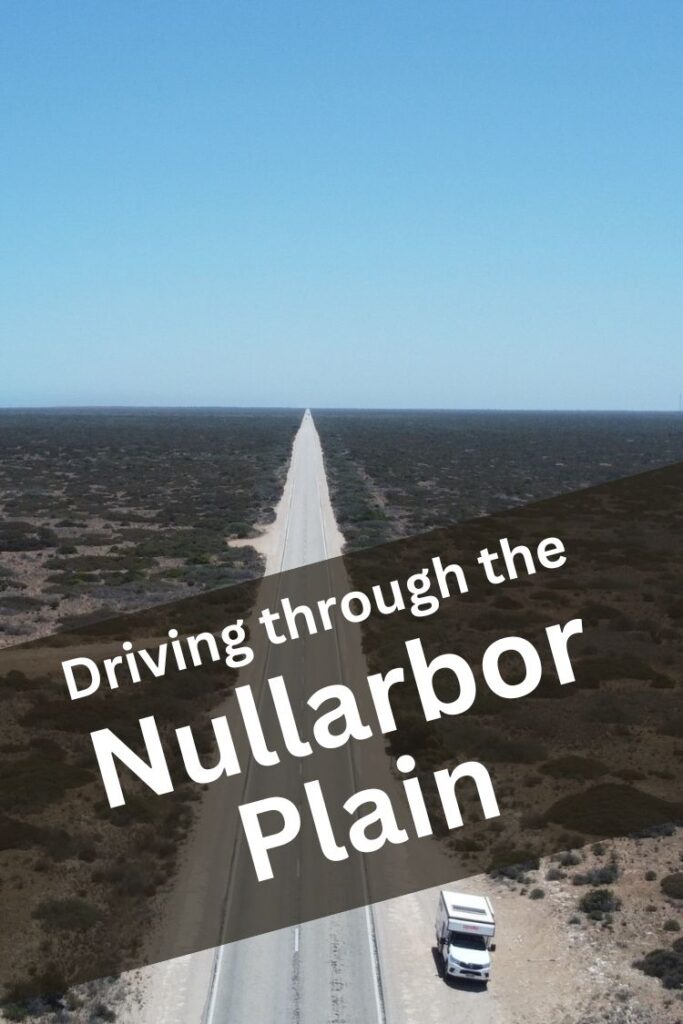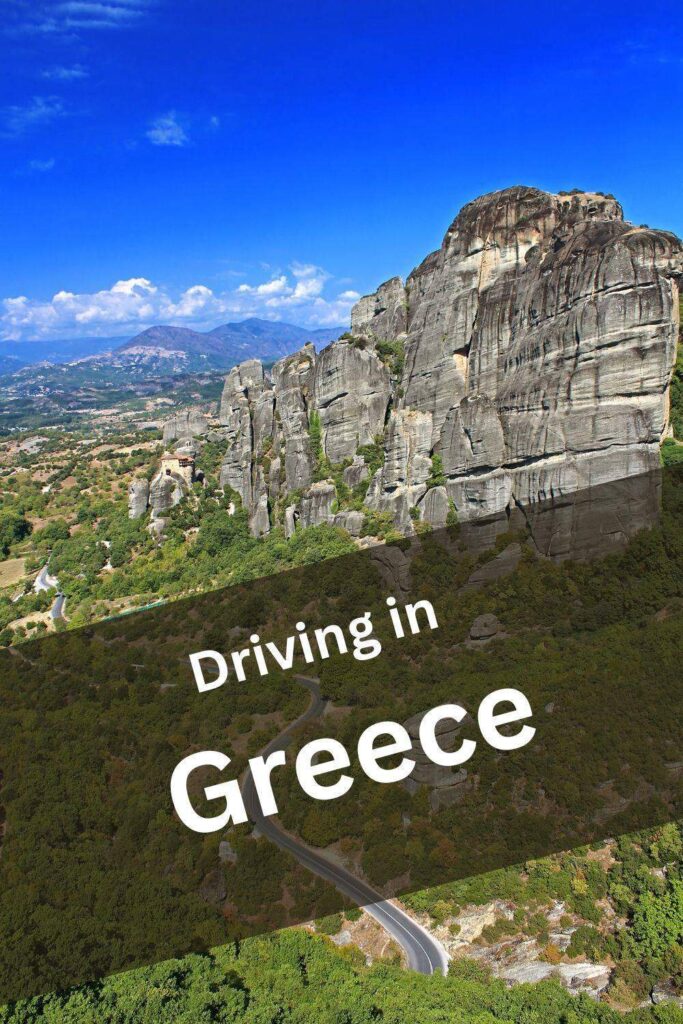The following are some of my tips and personal impressions on driving in the vast, awe-inspiring country of Canada. I spent 3 weeks there and drove from Vancouver to Calgary, going through the Sea to Sky Highway to Whistler, Garibaldi, and Jasper National Parks to Jasper, then down through the amazing Sea to Sky Parkway to Banff National Park and Banff, and ending in Calgary. Despite the many kilometers traversing a part of this immense country, I only got a tiny glimpse into the Land of Maple Syrup.
For more information be sure to check out this article on my Canada Road Trip.
Traffic Rules Basics
First and foremost, the basics: Canadians drive on the right side of the road and use the metric system. As in other industrialized modern countries, the usual rules apply, such as pedestrians having the right of way, obeying speed limits, not driving under the influence, wearing mandatory seat belts, not using cell phones, etc.
As per common traffic rules with RHT, priority must be given to vehicles coming from the right, except on roundabouts which are anticlockwise, with way given to those already in the roundabout (so to the left).
Speed limits range from 50 km/h in urban areas, 80 km/h in rural areas, and 100-110 km/h on highways.
Also, in British Columbia, it is illegal to drive in neutral downhill to save fuel.
Car insurance is also mandatory in Canada and lights are required to be switched on during the day in some provinces.
Drivers license requirements
An IDP is not required to drive in Canada. That being said, a general rule is that the license must always use the characters that are used in the country, so in the case of Mexico latin characters and if your drivers license is written with Chinese, Arabic, Cyrillic, or others you will need to an IDP.
Road Conditions
Highways are generally in excellent condition. However, the strong temperature changes between winter and summer generate a lot of strain, leading to potential potholes.
Driving

Although I did not experience it firsthand when I visited in early autumn, as mentioned above, special care is needed in winter, as the road conditions can drastically change and compromise driving safety. Black ice, avalanches in mountainous regions, large amounts of snow, hail, and low temperatures are common and pose a great risk. As such, winter tires, slow driving, and four-wheel drive are recommended, as is obviously being on high alert about the road conditions.
Road tolls
Most Canadian roads are toll-free. Currently, only the provinces of Ontario, Quebec, Nova Scotia, and Prince Edward Island have tolls, specifically Ontario Highway 407 and 412, Cobequid Pass, Quebec Autoroute 30, and Confederation Bridge.
Fuel
Refueling is done the “American way”, for lack of a better word, meaning that payment is done upfront. Gas prices have risen significantly in 2022.
Driving Etiquette
As the cliché goes, the “kind Canadians” are also found on the road, and drivers are well-mannered and respectful.
It is frowned upon to pass stopped trams when they are loading and unloading passengers.
Driving Quirks
Also here, despite not having driven through Quebec, the province has some peculiarities. For example, sudden braking without cause will add two demerit points to a Canadian’s driving record, and right turns on a red light are allowed there (except in Montreal). Also, by law, road signs cannot contain English text.
Wildlife
Similarly to Australia, given the vast natural landscapes and abundance of wildlife, special attention must be given to possible (and likely) wildlife near the roads. Especially around dusk, animals such as deer (or even worse, the enormous elk and moose) can appear out of nowhere and dart out in front of cars without much warning.






